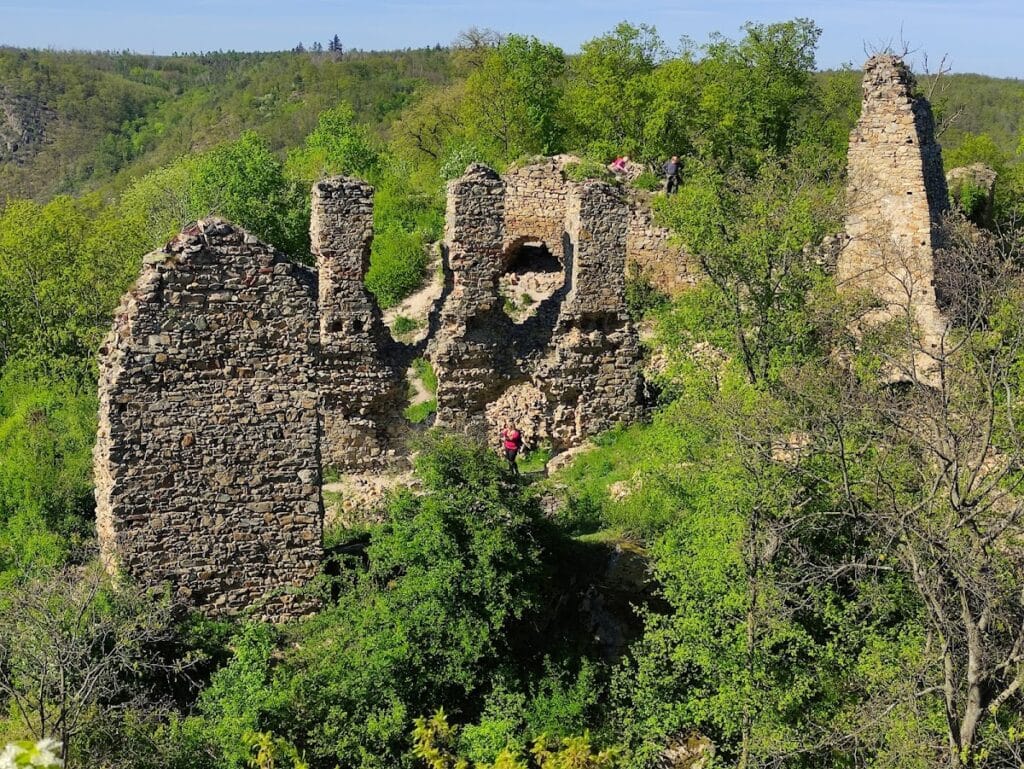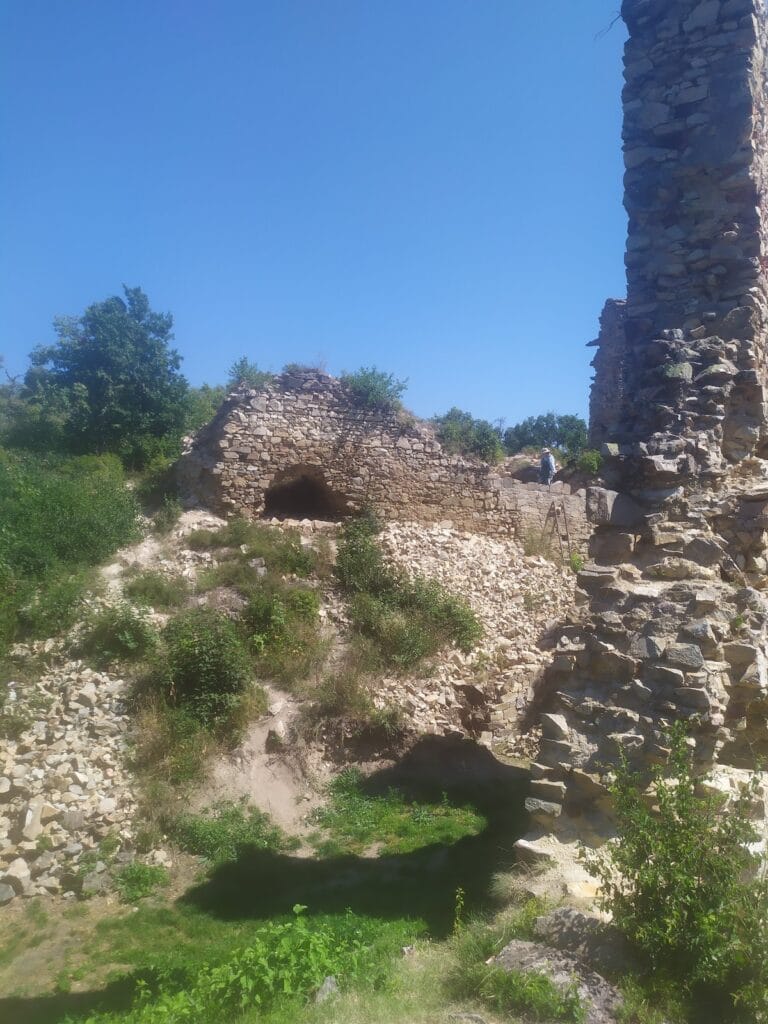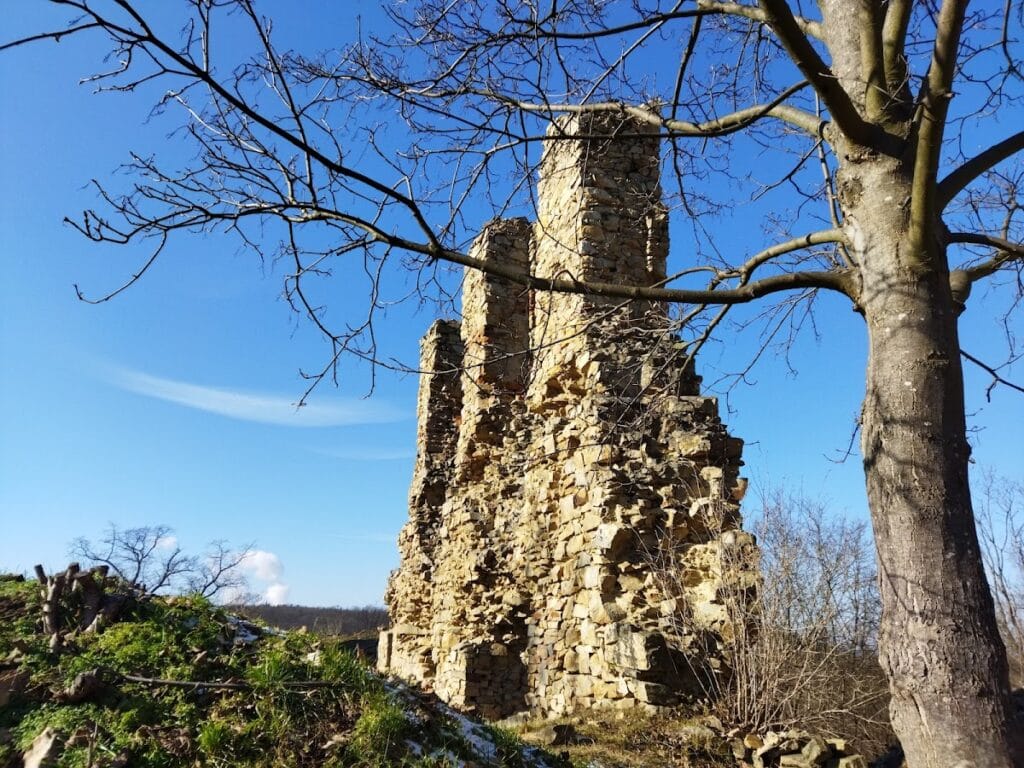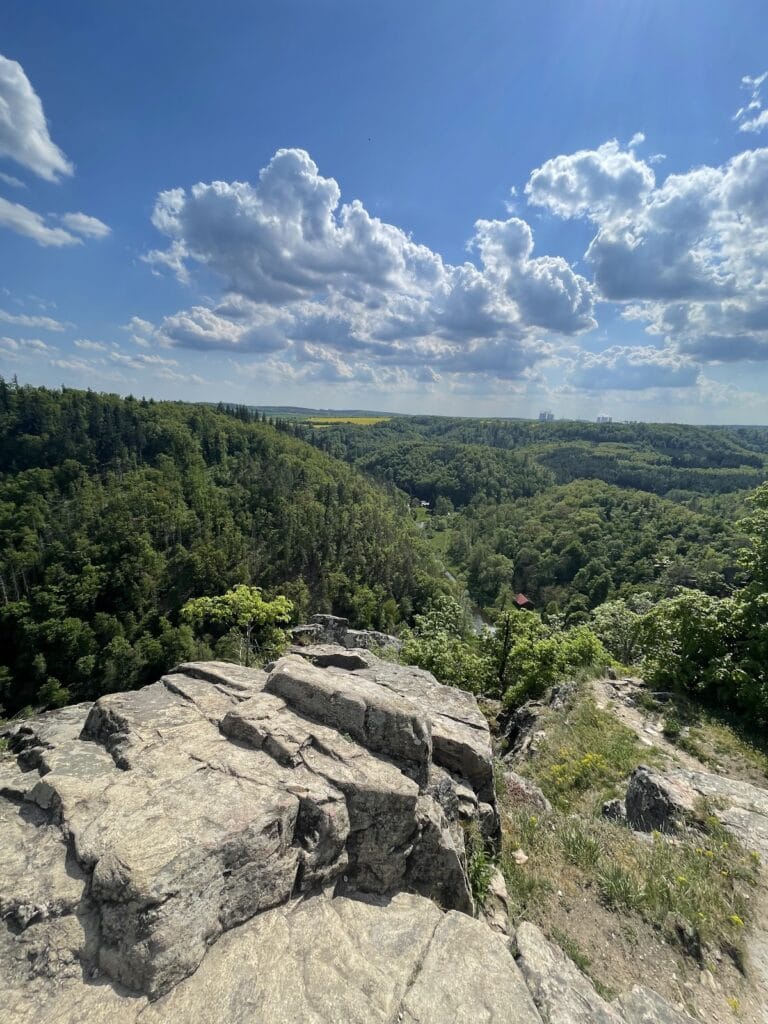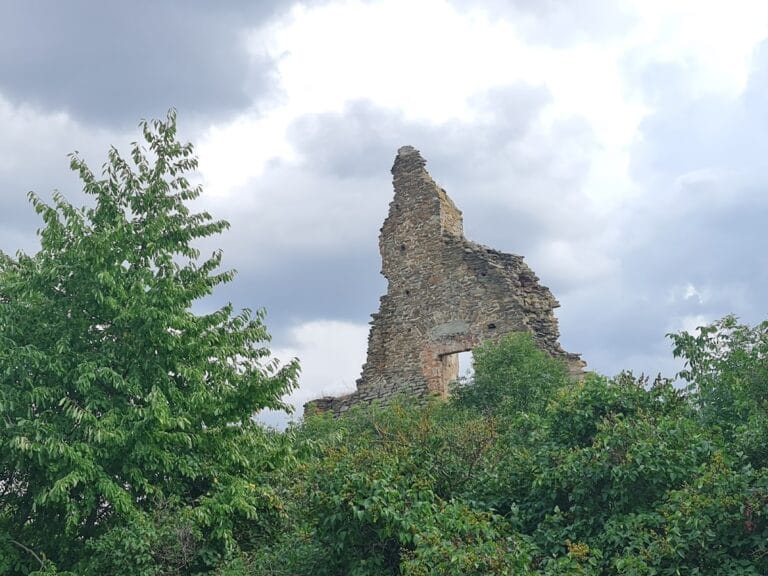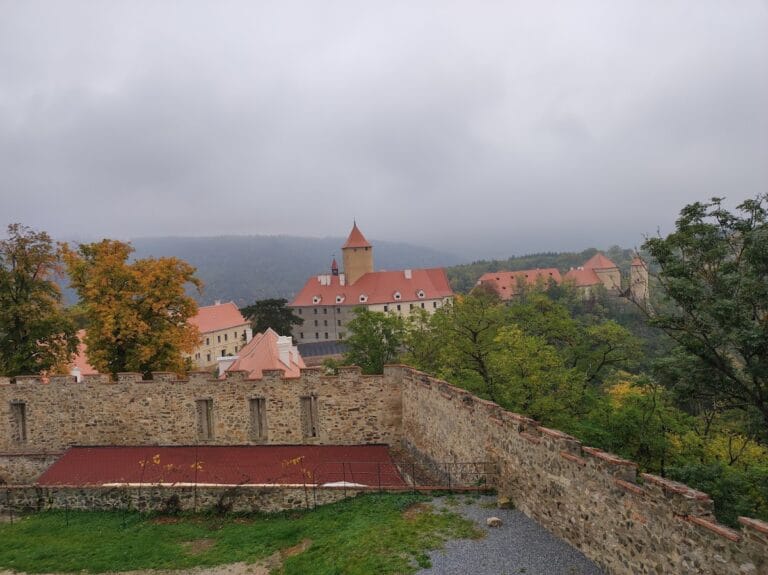Templštejn Castle: A Medieval Knights Templar Fortress in the Czech Republic
Visitor Information
Google Rating: 4.7
Popularity: Low
Google Maps: View on Google Maps
Official Website: www.templstejn.cz
Country: Czechia
Civilization: Medieval European
Remains: Military
History
Templštejn castle is situated near the village of Templštejn-Moravský Krumlov in the Czech Republic. It was established by the medieval Knights Templar, a religious military order, during the late 13th century.
The foundation of the site took place between 1281 and 1298, following authorization granted in 1232 by King Wenceslaus I, which allowed the order to establish holdings in the Bohemian and Moravian lands. Upon completion, Templštejn became the central seat of the Templar commandery, replacing their earlier base at Gomolitz. The commandery managed extensive estates, including multiple villages such as Ober-Dubin, Unter-Dubin, and Tokkowan, with the first recorded mention of the commandery dating to July 16, 1298.
Following the suppression of the Knights Templar in 1312, the castle and its lands were seized and sold six years later to Berthold Pirkner of Pirkenstein. Subsequently, ownership passed through various noble families, notably including the Schellenbergs, the Lords of Leipa, and the Osovský family. The Lords of Leipa were responsible for considerable expansions and renovations to the fortress during their tenure.
Despite never falling to enemy conquest, the castle suffered severe damage due to a fire in the first half of the 16th century, as evidenced by charred structural remains discovered on the site. Although reconstruction efforts were initiated around 1552, they were soon discontinued, leaving the fortress to decline into ruin.
After the 1621 confiscations following the Battle of White Mountain, Templštejn became property of the Liechtenstein family. They held the castle until 1908, after which it was owned by the Kinsky family until 1945. Over centuries, no significant preservation was undertaken, leading to further deterioration.
In recent history, the ruin has been privately owned since 2011 by David Hamza, who has committed to preserving the site using traditional materials and techniques. Starting in 2014, infrastructural improvements such as a wooden cabin, informative displays, and a viewing staircase were installed. Archaeological rescue excavations began under the direction of Mgr. Miroslav Dejmal in 2017. Recognized for its cultural importance, Templštejn has been protected as a cultural monument since 1958 and received restoration awards in 2016.
Remains
Templštejn stands as a spur castle positioned atop a forested rocky promontory towering more than 100 meters above the Jihlava River valley. Its core structure was originally about 40 by 30 meters in size, enclosed by a robust circular curtain wall reinforced by a prominent pillar near the main entrance. Following the initial construction, a defensive system featuring a partially double ring of fortifications was added, designed to strengthen the castle’s protection.
Among the preserved ruins are the fragments of the palace, known historically as a palas, along with sections of the curtain wall and remnants of the main gate. Within the courtyard lies a deep layer of rubble several meters thick, marking the accumulation of collapsed masonry. The site also contains the vestiges of a Gothic chapel, indicating the castle’s religious functions during its active period. A well is found within the castle grounds, highlighting the importance of internal water supply for medieval inhabitants.
Outside the main enclosure, on the hill beneath, stands the ruin of a later-added high gable wall. This defensive feature was intended to shield the fortress from artillery fire, a military advancement of the early modern period, but the construction remained unfinished.
The castle’s construction followed medieval English architectural models and was built using local stone materials. The masonry shows visible fire damage, consistent with the destructive 16th-century blaze. Conservation work has involved clearing overgrown vegetation that compromised the stonework, stabilizing the precarious gable wall, and installing stone steps to facilitate access to the castle’s core. Added wooden structures such as a bridge connect various parts of the curtain wall to the palace ruins.
Surrounding the castle are earthworks and ditches that form defensive ramparts still discernible in the surrounding landscape. Prior to the recent rescue excavations which began in 2017, no extensive archaeological investigations had been carried out on the site. The ongoing conservation and archaeological activities have greatly increased understanding of Templštejn’s historic fabric and medieval defensive systems.

